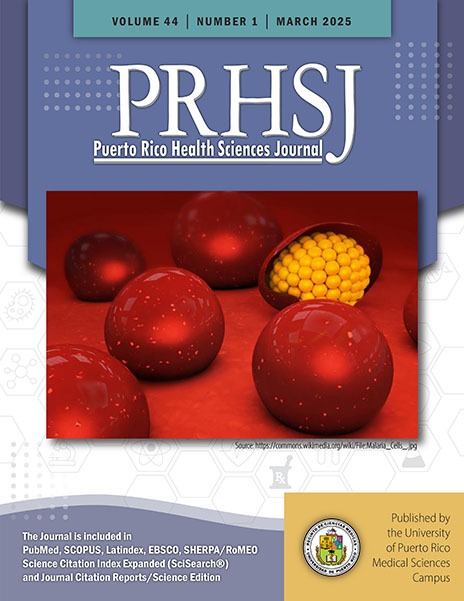Abstract
Objective: To investigate the relationships between pediatric neuroblastoma outcomes, tumor ploidy, and ethnicity, focusing on disparities in overall survival (OS) while also accounting for race and ethnicity. Methods: Clinical and tumor ploidy data for 63 Hispanic White, 561 non-Hispanic White, and 86 non-Hispanic Black patients were obtained from cBioPortal for Cancer Genomics (TARGET [Therapeutically Applicable Research to Generate Effective Treatments], 2018). Kaplan Meier survival curves were analyzed using log-rank and Gehan–Breslow Wilcoxon tests. Hazard ratios (HR) with 95% CIs were calculated using the Mantel–Haenszel method. Associations between ethnicity and tumor ploidy were assessed using the chi-square test. Results: Significant differences in overall survival (OS) were observed between White patients who self-identified as Hispanic and those who identified as non Hispanic, with Hispanic patients exhibiting worse outcomes. (P = .0076, HR = 1.907, 95% CI: 1.187–3.062). Median survival for Hispanic patients was 94 months but was undefined for non-Hispanic patients. Diploid tumors were associated with worse outcomes than hyperdiploid tumors were (P < .0001, HR = 2.291, 95% CI: 1.689–3.109). The chi square test revealed a significant association between ethnicity and tumor ploidy (χ2 = 4.220, P = .0400), with non-Hispanic patients having a higher proportion of hyperdiploid tumors (66.99%) than Hispanic patients (53.97%). Conclusion: Hispanic White patients with neuroblastoma had lower OS than did non-Hispanic White patients, partly due to the former having a higher proportion of diploid tumors. These findings highlight the importance of considering ethnicity and tumor ploidy in risk stratification and treatment strategies.
Authors who publish with this journal agree to the following terms:
a. Authors retain copyright and grant the journal right of first publication with the work simultaneously licensed under a Creative Commons Attribution License that allows others to share the work with an acknowledgement of the work's authorship and initial publication in this journal.
b. Authors are able to enter into separate, additional contractual arrangements for the non-exclusive distribution of the journal's published version of the work (e.g., post it to an institutional repository or publish it in a book), with an acknowledgement of its initial publication in this journal.
c. Authors are permitted and encouraged to post their work online (e.g., in institutional repositories or on their website) prior to and during the submission process, as it can lead to productive exchanges, as well as earlier and greater citation of published work (See The Effect of Open Access).
